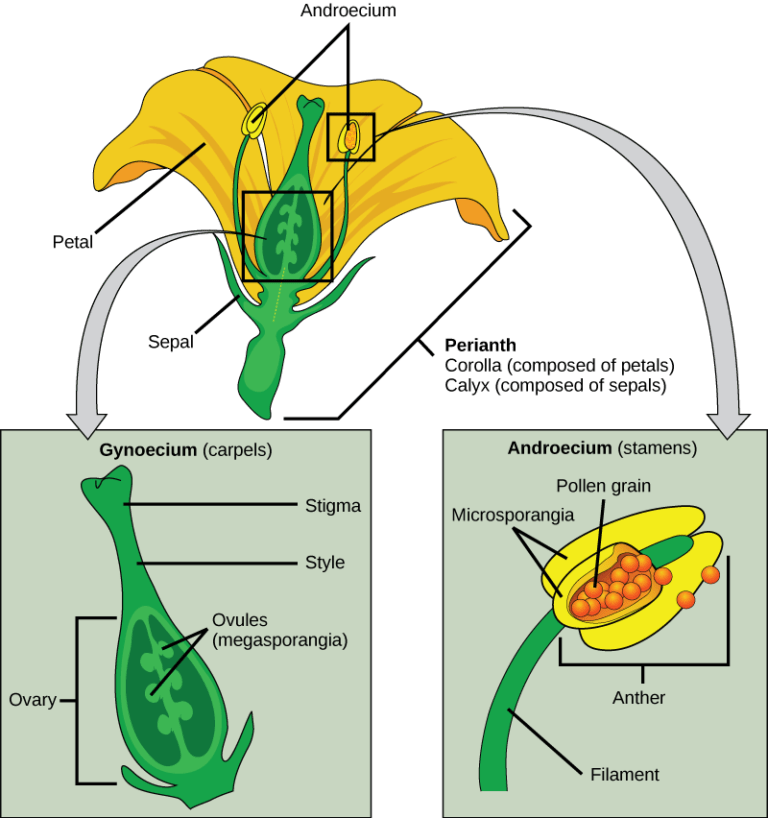Domestic Electric Circuits
What are Domestic Electric Circuits?
Domestic electric circuits are the electrical wiring systems used in homes to distribute electricity to various appliances and devices. These circuits ensure the safe and efficient supply of electricity for lighting, heating, and powering electronic devices.
Components of Domestic Electric Circuits
A typical domestic electric circuit consists of the following components:
- Live Wire (Phase): Carries current from the power supply to the appliances.
- Neutral Wire: Completes the circuit by providing a return path for the current.
- Earth Wire: Provides a safety path for leakage current to prevent electric shocks.
- Fuse: Protects the circuit by breaking it in case of overcurrent or short circuits.
- Circuit Breaker: Automatically switches off the circuit during faults.
- Switches: Control the flow of current to appliances.
- Distribution Board: Distributes electricity to different circuits in the house.
Domestic Electric Circuit Diagram

Types of Domestic Circuits
Domestic electric circuits are classified into two main types:
- Lighting Circuits: Supply power to lighting fixtures and low-power devices like fans.
- Power Circuits: Supply power to high-power appliances like refrigerators, air conditioners, and washing machines.
Wiring in Domestic Circuits
Domestic electric circuits use two types of wiring systems:
- Parallel Wiring: Appliances are connected in parallel so that each appliance receives the same voltage. If one appliance fails, others continue to work.
- Series Wiring: Rarely used in homes, as all appliances share the same current, and a failure in one appliance affects the entire circuit.
Safety Measures in Domestic Circuits
To ensure safety in domestic electric circuits, the following measures are implemented:
- Earthing: Provides a safe path for leakage current to prevent electric shocks.
- Fuses and Circuit Breakers: Protect the circuit from overcurrent and short circuits.
- Residual Current Devices (RCDs): Detect leakage current and disconnect the circuit to prevent electric shocks.
- Proper Insulation: Prevents accidental contact with live wires.
- Regular Maintenance: Ensures the circuit is in good working condition.
Key Points to Remember
- Domestic electric circuits distribute electricity safely and efficiently in homes.
- The main components include live wire, neutral wire, earth wire, fuse, circuit breaker, and switches.
- Circuits are classified into lighting circuits and power circuits.
- Parallel wiring is commonly used in homes to ensure each appliance receives the same voltage.
- Safety measures like earthing, fuses, and RCDs are essential to prevent accidents.



